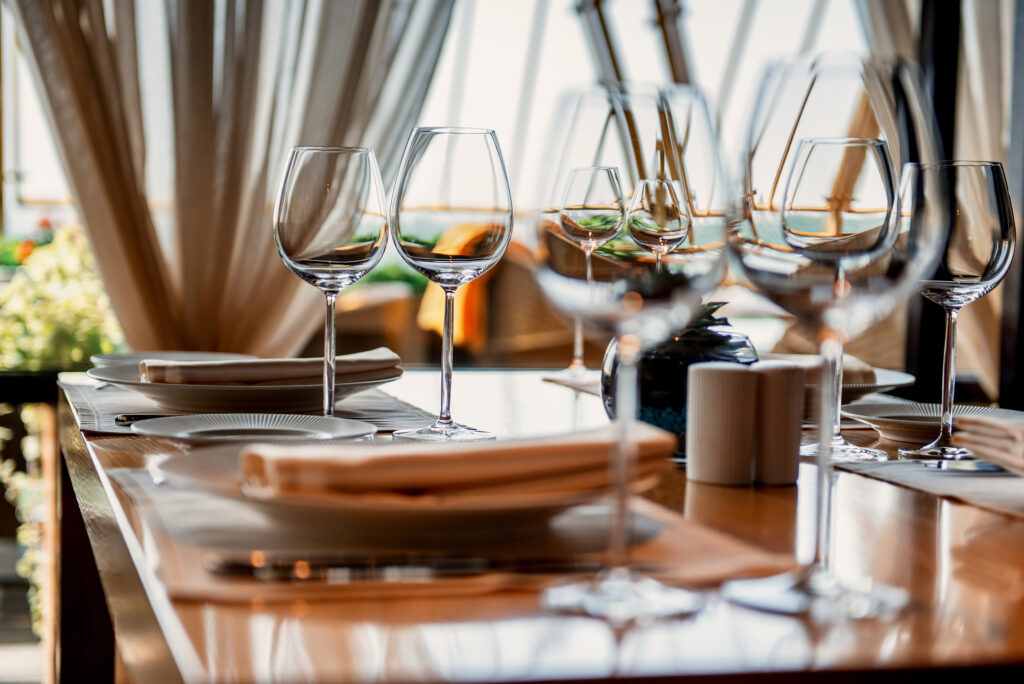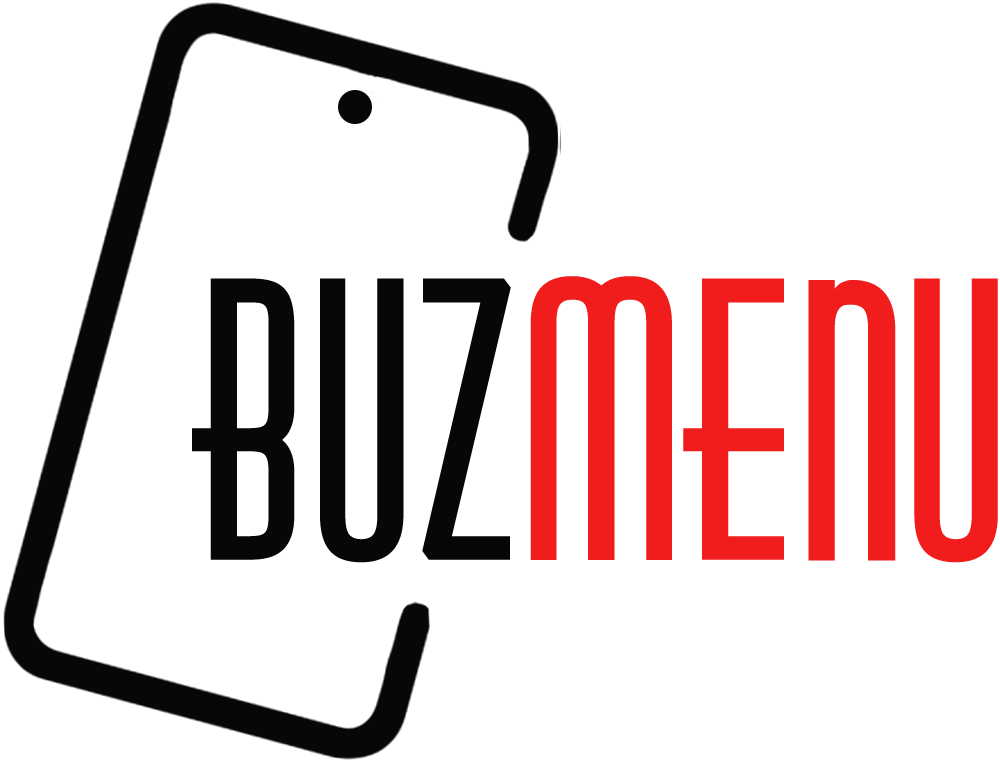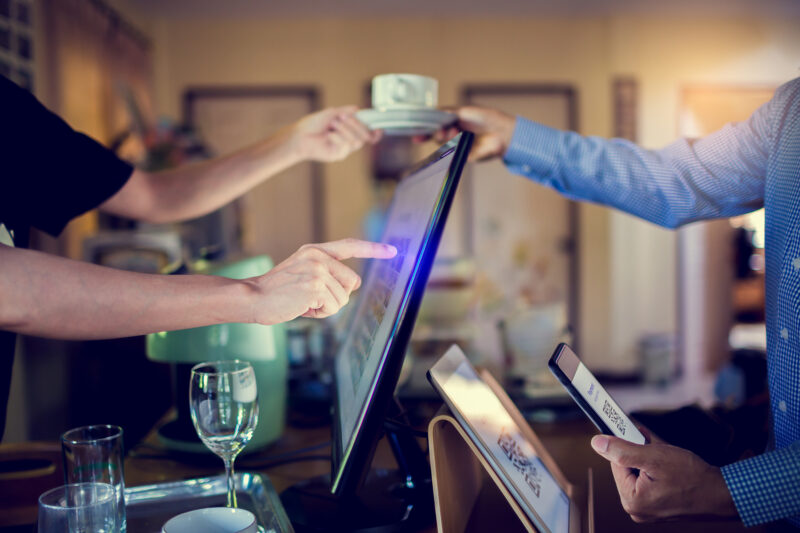
The QR Code Revolution: From Manufacturing Floors to Restaurant Tables
The QR Code Revolution: From Manufacturing Floors to Restaurant Tables
QR codes have become an integral part of our daily lives, but their journey from inception to widespread use is a fascinating story that traces back to Japanese manufacturing floors. In this blog post, we’ll explore how QR codes were first created and how they found their way into restaurants, transforming the dining experience.
Birth of the QR Code
The QR code’s story begins in the early 1990s at Denso Wave, a subsidiary of the Japanese automotive giant Denso Corporation. Denso Wave was faced with a challenge common in manufacturing: the need for an efficient way to track automotive parts during the production process. Traditional barcodes, with their limited data capacity and scanning limitations, were proving inadequate.
To address this challenge, a team led by Masahiro Hara, the chief engineer at Denso Wave, embarked on a mission to develop a superior barcode system. Their goal was to create a code that could store more information and be scanned more quickly.
The QR Code Emerges
In 1994, Denso Wave introduced the QR code, short for “Quick Response” code. This two-dimensional matrix barcode was a revolutionary invention. It could store a wealth of information, including alphanumeric characters, binary data, and special characters, all while being scanned quickly and accurately.
The QR code’s unique design featured black squares arranged on a white background in a square grid. Its appearance was distinct from traditional linear barcodes, setting it apart as a groundbreaking innovation.
From the Factory to the Restaurant
Initially, the QR code was primarily used in industrial applications, particularly in the automotive sector. It played a crucial role in tracking parts, managing inventory, and facilitating product identification. However, its potential extended beyond the factory floor.
As smartphones equipped with cameras and QR code-scanning apps became commonplace, the QR code found its way into various industries, including marketing, advertising, and mobile technology. This marked the beginning of its journey into our daily lives.
QR Codes in Restaurants
The use of QR codes in restaurants has been transformative, especially in recent years. Here’s how QR codes have enhanced the dining experience:
- Contactless Menus: QR codes on restaurant tables or printed on menu cards enable diners to access menus on their smartphones. This touchless approach became particularly valuable during the COVID-19 pandemic.
- Real-Time Updates: Restaurants can update their menus instantly, making changes such as adding specials or marking items as unavailable. This ensures that diners always have access to the latest information.
- Enhanced Interactivity: QR code menus often include images of dishes, detailed descriptions, and even customer reviews, creating a more engaging and informed dining experience.
- Multilingual Support: QR codes can provide menus in multiple languages, accommodating a diverse clientele.
- Convenient Ordering and Payment: Some QR code menus allow diners to place orders and pay their bills directly through their smartphones, streamlining the dining process.
Conclusion
The QR code, born out of a need for efficiency on manufacturing floors, has evolved into a versatile tool that has revolutionized the way we dine in restaurants. Its journey from the factory to the restaurant table showcases how innovation can transcend its original purpose to become an integral part of our daily lives.
So, the next time you scan a QR code to access a restaurant menu, remember that you’re part of a digital revolution that started in a Japanese manufacturing facility and has forever changed the way we experience dining out.
QR codes: Connecting the past to the future, one scan at a time.


